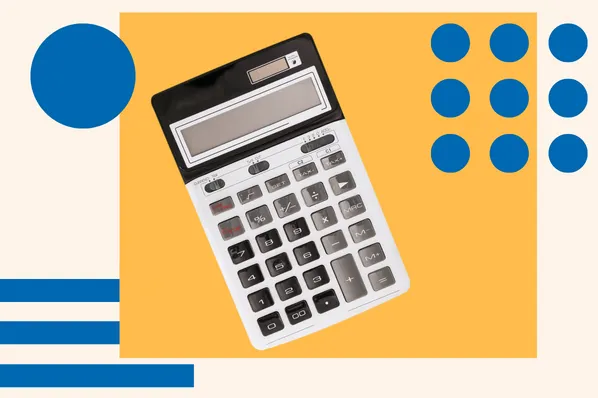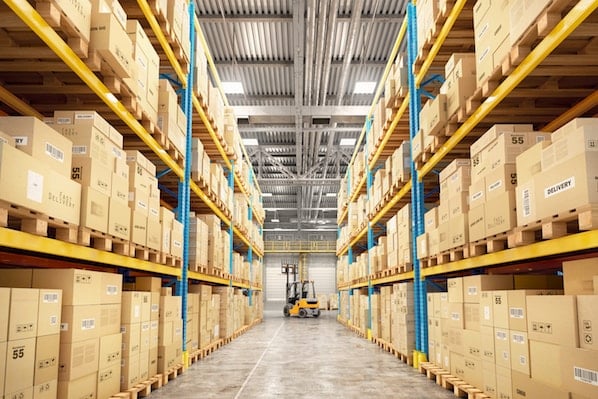What Is Depreciation?
Depreciation is a reduction of a fixed asset's value over the time the asset is used. The value decreases due to wear and tear from its use. And with the straight line depreciation method, the asset's value is reduced by the same amount each year until the end of its useful life.
Examples of fixed assets that can be depreciated are machinery, equipment, furniture, and buildings. Land isn't depreciated because it doesn't lose value, instead, it often gains value over time.
Straight Line Depreciation
Straight line depreciation is a method of depreciating fixed assets, evenly spreading the asset's costs over its useful life. The asset's value is reduced on an annual basis until it reaches its estimated salvage value at the end of its useful life.
Each depreciation expense is reported on the income statement for the accounting period, and most businesses report on a 12 month accounting period. The cumulative depreciation is recorded on the balance sheet, and it displays the total depreciation amount from the date the asset was acquired to the date on the balance sheet.
Below are a few terms that play a role in straight line depreciation:
- Asset cost: The asset cost is the total price of the asset including shipping, delivery, fees, etc.
- Useful life: This is the estimated lifespan of an asset, and an asset is depreciated over the course of its useful life. This value is measured in years.
- Salvage value: Salvage value is an asset's value at the end of its useful life.
When an asset reaches the end of its useful life or is fully depreciated, it doesn't necessarily mean the asset can't be used. The business can continue to use the asset if it's still functional, and no longer has to report an expense.
How to Determine an Asset's Useful Life
If an asset's useful life is greater than a year, it can be depreciated. And the IRS created a table for standard useful lifespans businesses often use. Here are a few of the estimated useful lifespans:
Five Years
- Cars and trucks
- Computers
- Office machinery (e.g., copy machines, calculators)
Seven Years
- Office furniture (e.g., desks, file cabinets)
- Agricultural equipment and machines
These estimates were developed to reflect the amount of time a business will benefit from the asset. And they don't necessarily mean the asset will last for the entire estimated useful lifespan.
How to Calculate Salvage Value
The salvage value is an estimate of how much an asset is worth at the end of its useful life. You'll want to consider two things when calculating the salvage value:
- How long you plan to use the asset
- How much the asset is used
If a business intends to use a relatively inexpensive asset for a long time, like a desk or a laptop, then it's common for the salvage value to be zero. And if the business plans to sell the asset before the end of its useful lifespan, the salvage value is likely higher because there's still time in the asset's useful life.
Formula for Calculating Straight Line Depreciation
- Determine the asset cost.
- Subtract the salvage value from the asset cost.
- Divide the resulting number by the asset's useful life (# of years).
Once you've determined the asset cost, salvage value, and useful life of your asset, it's time to plug these numbers into the straight line depreciation formula. Here's what the formula looks like when it's written out:
Annual depreciation expense = (Asset cost - Salvage value) / Estimated useful life (# of years)
And below is an example of straight line depreciation in practice.
Straight Line Depreciation Example
Let's say a coffee shop purchased a new espresso machine. The asset cost is $5,000 and it has an estimated salvage value of $2,000, plus a five-year useful life. Here's how the coffee shop would calculate the depreciation expense for its espresso machine:
Annual depreciation expense = ($5,000 - $2,000) / 5
Annual depreciation expense = $600
For each accounting period, or year, the coffee shop would depreciate the espresso machine by $600. As the asset approaches the end of its useful life, it will eventually depreciate to its salvage value once the end of its useful life is reached.
Straight line depreciation allows you to use an asset and spread the cost across the time you use it. Instead of one, potentially large expense in a single accounting period, the impact on net income for each period will be smaller. After calculating the depreciation expense, you'll know how much of the asset's total cost should be expensed each period.
The straight line depreciation method ensures assets are accurately accounted for in a business' financial statements. This is essential to maintain the long-term financial health of your business.
Accounting
.png?width=112&height=112&name=Image%20Hackathon%20%E2%80%93%20Horizontal%20(59).png)





![Debt-to-Equity Ratio, Demystified [+Helpful Formulas]](https://53.fs1.hubspotusercontent-na1.net/hubfs/53/debt-to-equity-1-20250115-1477462.webp)





